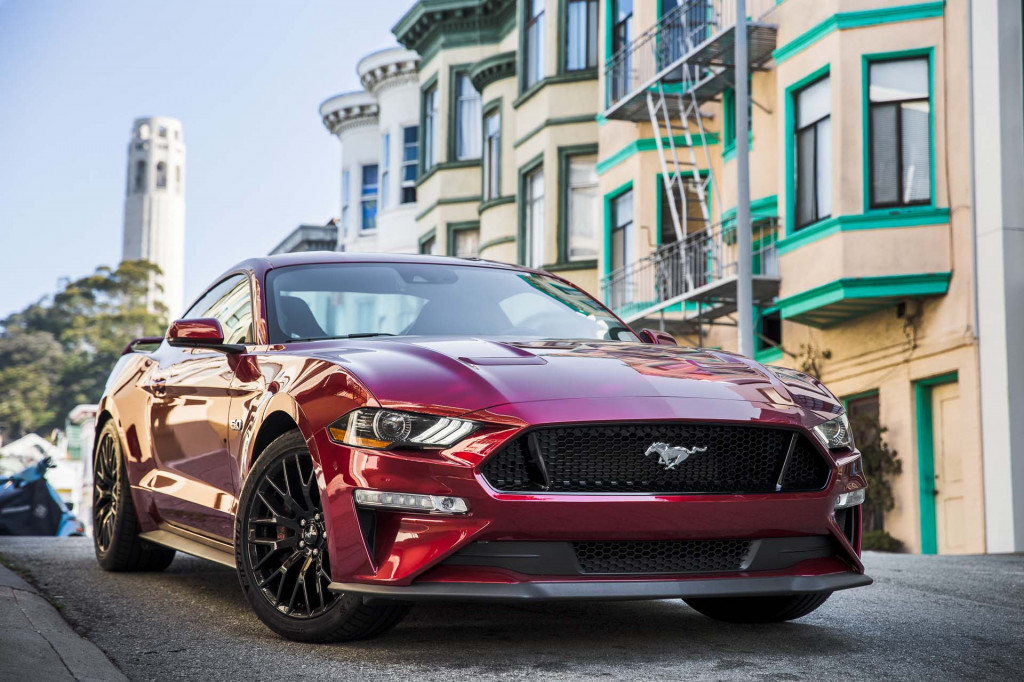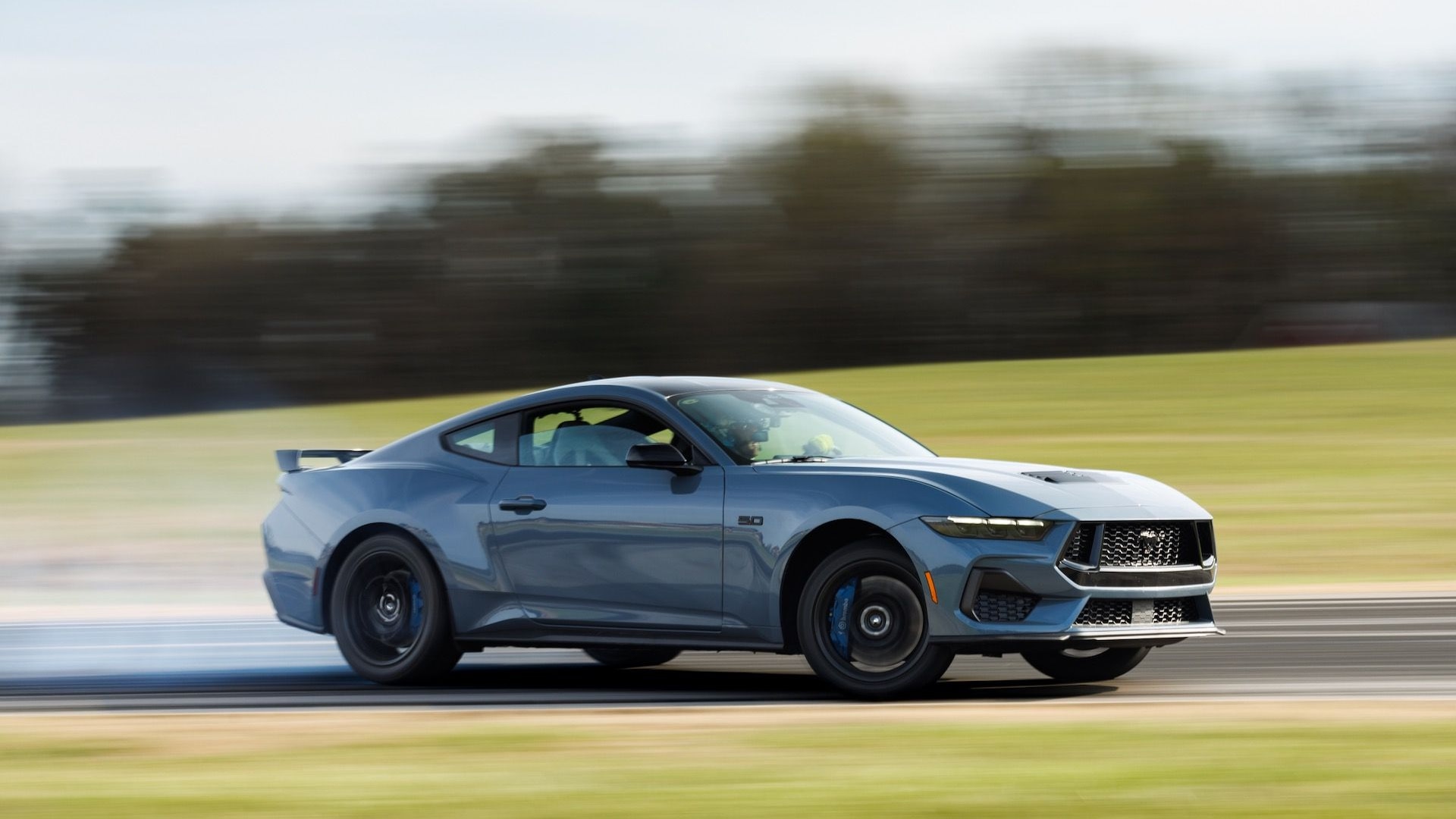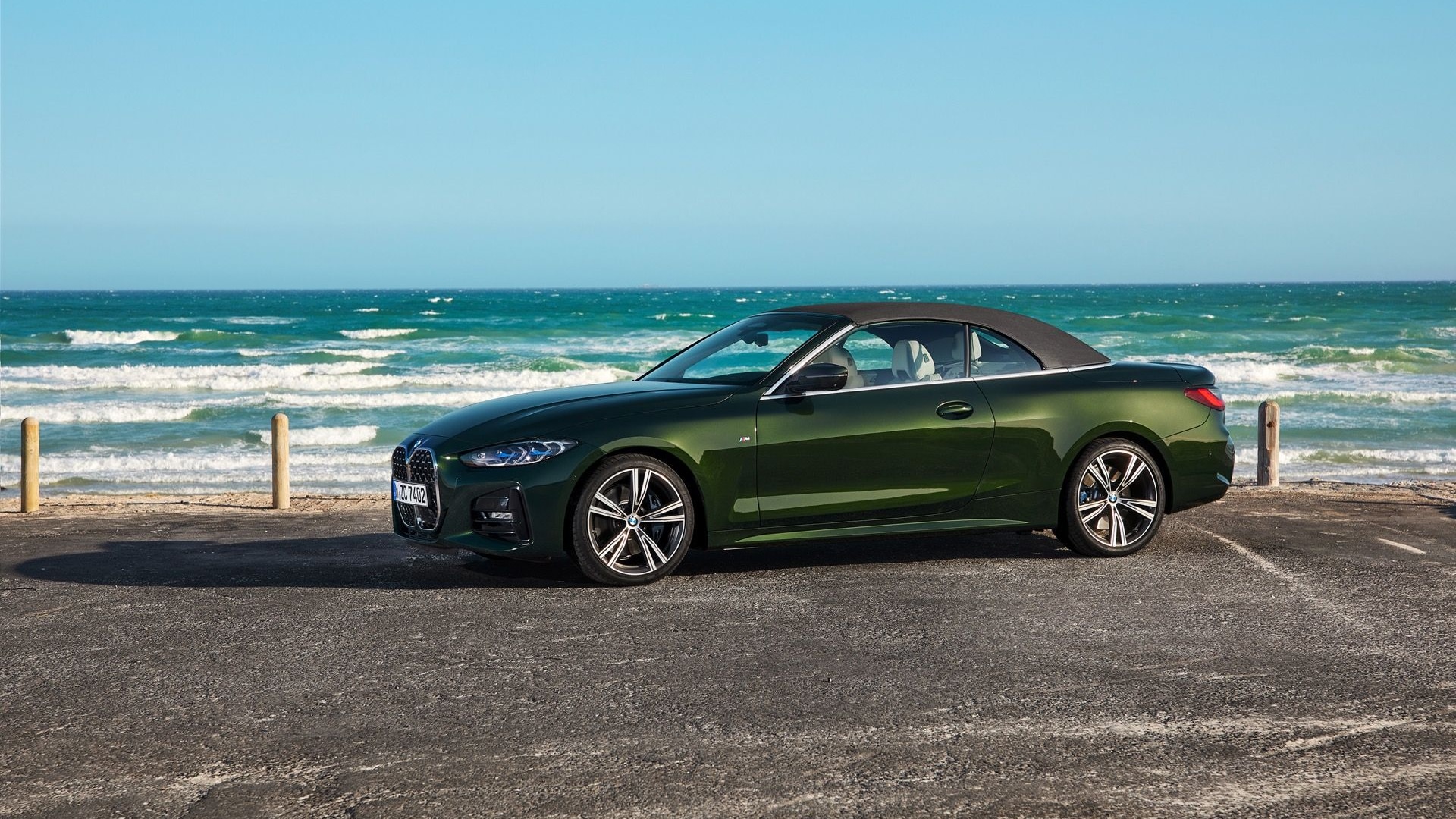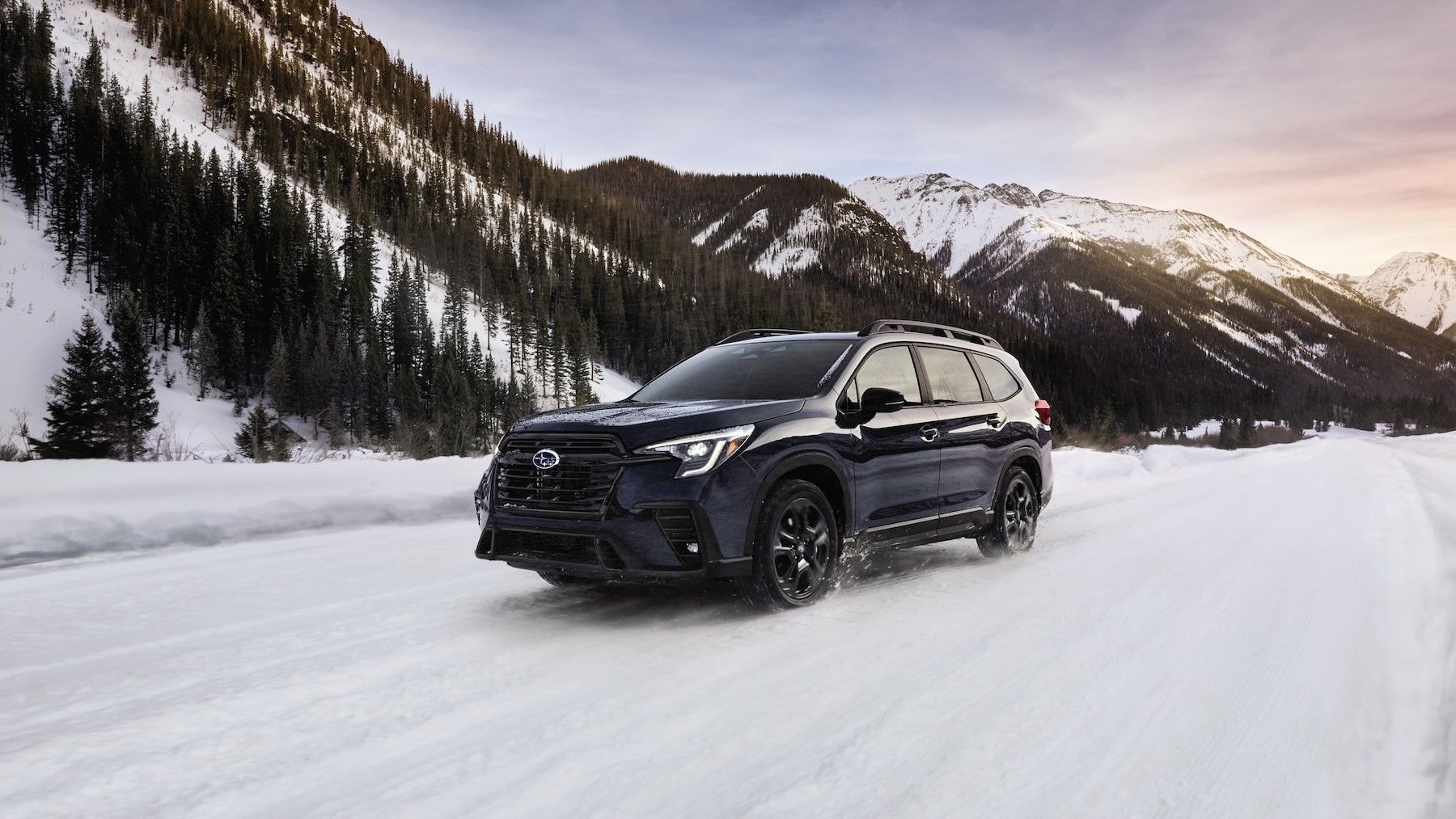A new report claims to have dug up details on the next-generation Ford Mustang, and if it rings true, the current S550-generation car has a long life ahead of it.
Sources outside of Ford shed light on the next Mustang's development plans, according to a Monday report from Automobile. The big news, quite literally, is these sources claim the next-generation Mustang, currently referred to as the S650, will grow in size—perhaps as large as today's Dodge Challenger. A quick spec rundown shows the Challenger measures 197.9 inches long and sits on a 116.2-inch long wheelbase. The current Mustang is far shorter and measures 188.3 inches long and rides on a 107.1-inch wheelbase.

Ford Mustang GT near San Francisco's Coit Tower (Matt Dayka/For Motor Authority)
A larger Mustang makes some sense since the next car will say goodbye to its one-off D2C rear-wheel-drive platform and switch to Ford's modular CD6 architecture. The platform underpins the latest Ford Explorer and Lincoln Aviator. Crucially, the CD6 platform will give the Mustang economies of scale. Ford could easily build 300,000 vehicles on the CD6 platform before adding in the Mustang. The sources added that the CD6 platform is highly scalable to fit the next-generation Mustang, but some components can't be scaled down to allow for a car the size of the current Mustang.
While we don't like the sound of a larger Mustang, the key will be weight. The current Mustang GT with a manual transmission weighs 3,743 pounds, while a Challenger R/T with a manual tips the scales at 4,177 pounds. We wouldn't want a Mustang to gain those 400-plus pounds.
The second high-profile news nugget from the report is the launch date. Previously, we were under the impression the next-generation Mustang on the CD6 platform would arrive around 2021. According to Automobile's sources, that's not the case, and the car will show up no earlier than 2026. Instead, the current car, known to fans as the S550, will get an overhaul around 2021 and the Mustang hybrid will show face in 2022. The changes will include tweaks to the D2C architecture and a new design, but it will still, for all purposes, be a current-generation Mustang.

Ford Mustang GT near Clay and Taylor streets in San Francisco (Matt Dayka/For Motor Authority)
What caused the rumored timeline shift is unknown, but Ford hardly has a major incentive to act quickly at the moment. The Mustang remains the best-selling muscle car on sale in the U.S. with the Challenger in second place. Ford's closest rival in terms of size and dynamics, the Chevrolet Camaro, remains a distant third.


